Epson V750 for 4×5 or Drumscan?
My recent shot of Batteresea Power Station had a slightly more complex birth than my other shots, being both drum scanned and scanned with my Epson v750 pro flatbed scanner. This is its fascinating story.
I was pleased with the 4×5” negative as developed by Rapid Eye in Shoreditch. I have been using an Epson V750 for a while now, scanning my architectural photographs which are mostly 4×5” large format film. As you can see, the V750 scan looks OK, with some nice colour and clarity going on, also helped by the fact that it was shot using the magnificent Rodenstock 135mm Apo-Sironar-S on Fuji Pro 160NC. This image was processed using my normal workflow, with curves adjustment layers etc, until I thought it looked about right.
However, this Epson V750 scan has one significant problem – the trail from the lights of the aeroplane in the top left is cut off, even though it is not in the negative. The Epson V750 holders are in my opinion good enough for 4×5, but they do crop off a portion of the negative due to their design. This annoyed me enough to contact Tim Parkin, a friend from Flickr, who I know has a Howtek drum scanner, and operates a business called Cheap Drum Scanning.
Drum scan vs Epson v750 – Negative
Here is the drum scan from Tim without any processing, which captures the whole negative as I wanted – one point to the drum scan:
Epson v750 vs drum scan – detail
I could not resist doing a quick, unscientific comparison between the detail in the drum scan and the Epson v750 scan. The drum scan is 19838 x 15820 in resolution, 314 megapixels – large. The Epson v750 scan is scanned at 3200 dpi, then resized to 10,000 x 8000 (my standard workflow – I will not be rescanning for the purposes of this comparison because I do not believe the 15,000 pixel original Epson v750 scan contains any more real detail than the 10,000 pixel reduced version, and also because I believe it is not in dispute that a good drum scan will capture more detail than an Epson v750). This is what it looks like when you resize the adjusted Epson v750 scan to the same size as Tim’s drum scan:
Clearly the drum scan has more detail than the Epson scan – you can pretty much see individual bricks. This is not a surprise. The next part, however, did come as a surprise.
Drum scan vs Epson v750 – tonality and colour
While processing the drum scan in Photoshop, I noticed some unexpected advantages over the Epson v750. The drum scan has a much richer tonality, which makes it much more malleable than the Epson v750 scan, a difference that is striking in a similar way that editing RAW digital files gives much better results than editing in-camera jpegs. Here again is the final, Photoshopped drum scanned image:
And here is a comparison between the two.
While I know that I could get the processed Epson V750 scan closer to this drum-scan, the point is that using my normal processes and workflow the image came out one way with the Epson v750 scan, and one way with the drum scan. Using my standard workflow for both files, the drum scan also clearly has a better dynamic range (see the centre of the lights, anywhere in the shadows) than the Epson v750.
I was highly over-excited when I saw this and I emailed Tim about it, planning ways to buy a drum scanner and drooling over the significant possible improvement to the quality of my work. Unfortunately, I will not be buying a drum scanner in the near future, for the following reasons:
1. Much of the quality of this scan is due to Tim actually knowing what he is doing – see here. I don’t really feel like learning all of this additional software and technique.
2. I scan up to 100 negatives a week, and the drum scan is quite a bit slower than the v750. I don’t think I could fit the extra time into my workflow.
However, this experience showed me that it is certainly worth sending stuff to Tim at Cheap Drum Scanning if it is one of my very best negatives, or if I want to make a HUGE print.
This is the blog of Simon Kennedy, London Architectural Photographer. If you would like to see more of my work, please visit www.simonkennedy.net

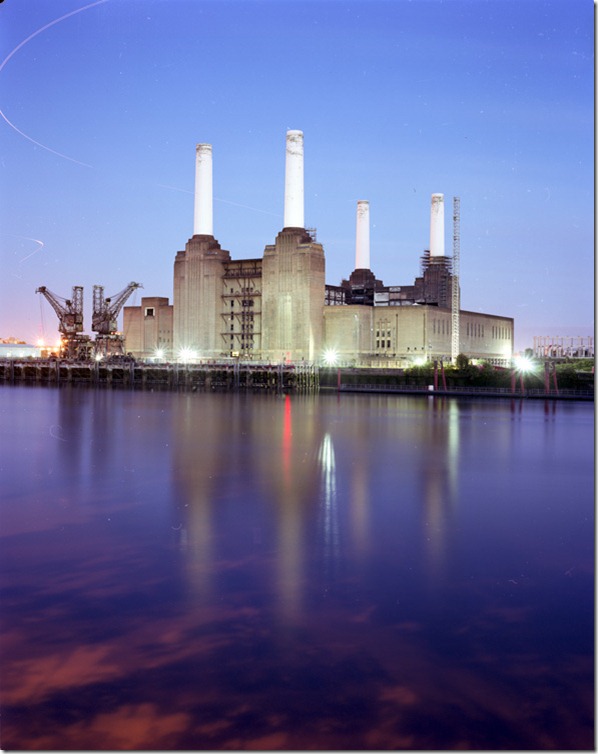
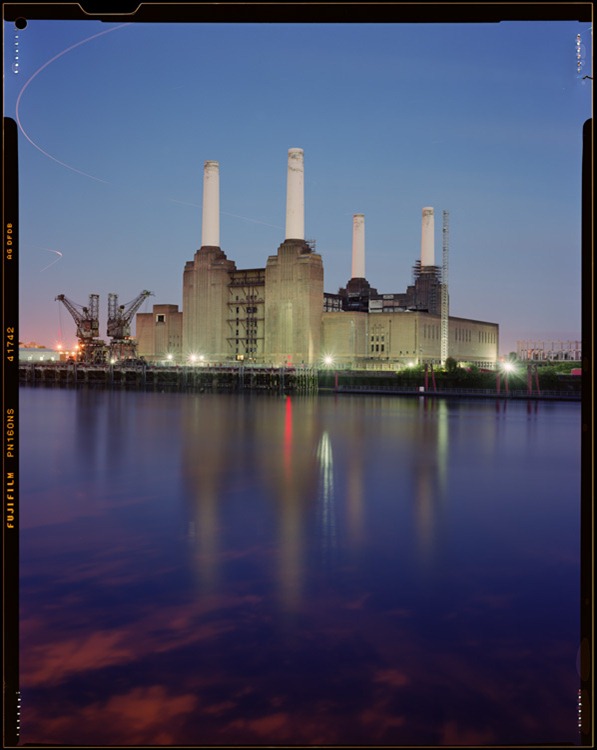
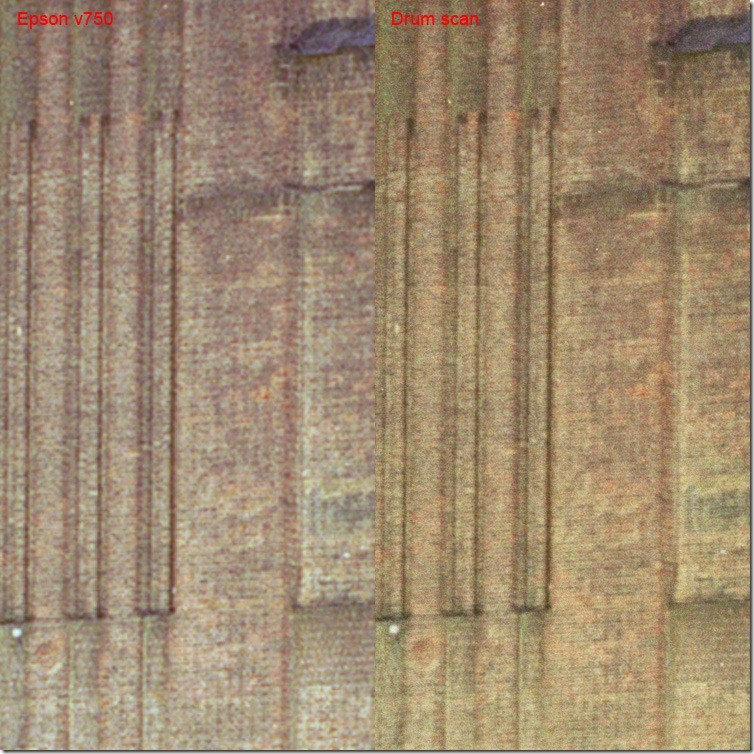
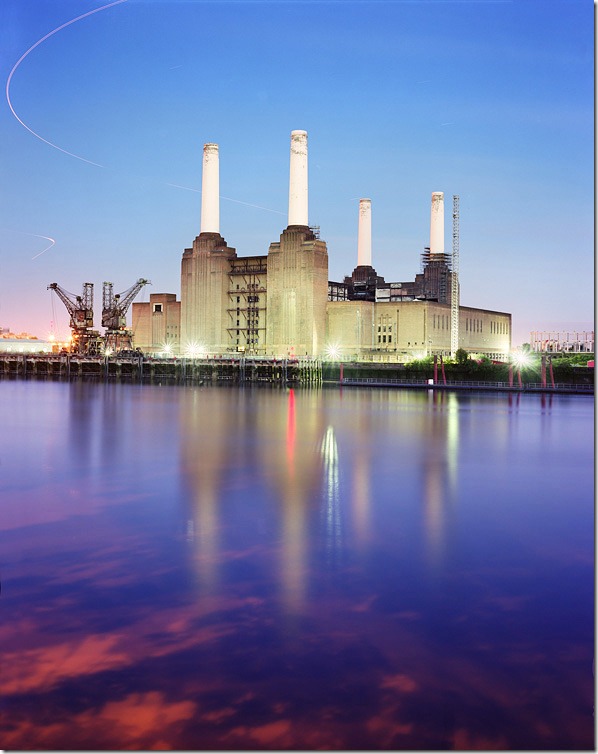
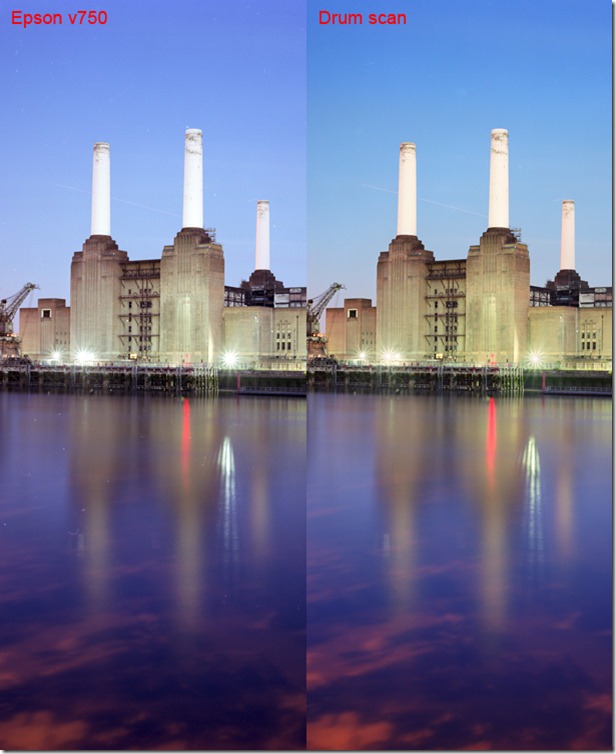
i own a V700 and usually scan 4×5 negatives without the holders, directly on the glass surface, this way nothing is cropped. pretty sure you can do that also on the V750